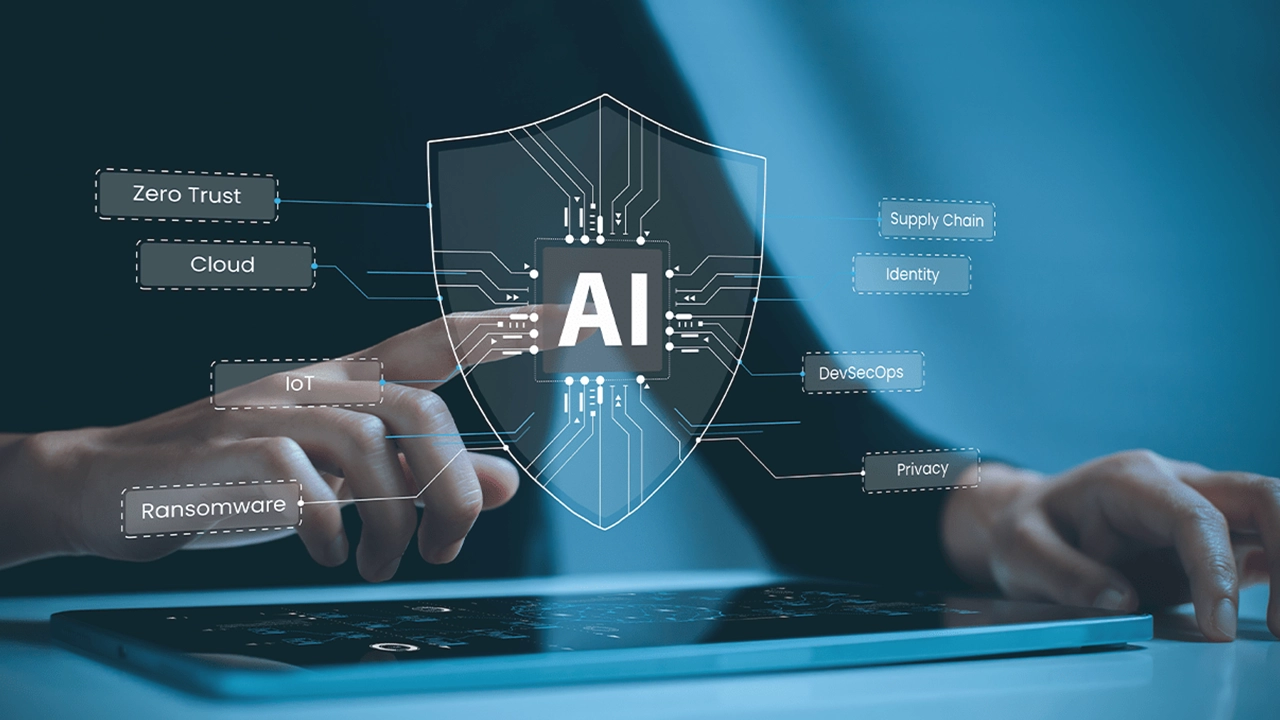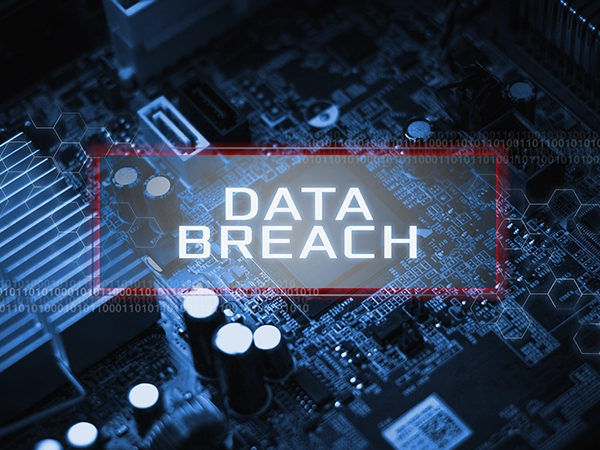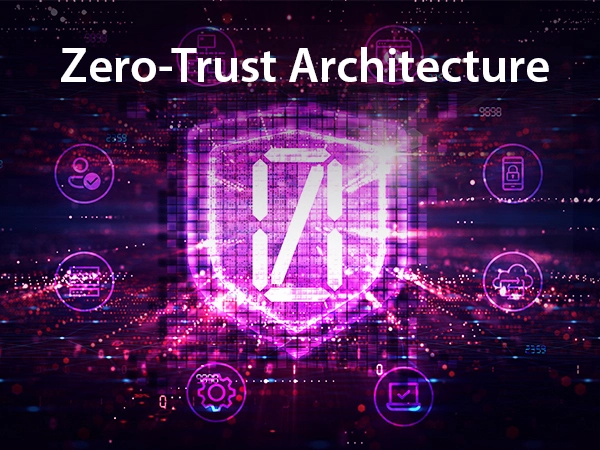Index
- Introduction
- What is Cybersecurity?
- Cybersecurity Types
- The Need for Cybersecurity
- Components of Cybersecurity
- Cybersecurity Services
- Common Cybersecurity Threats
- Cybersecurity Measures
- Future Trends in Cybersecurity
- Cyber Safety Tips
- Conclusion
- FAQs
Technology has transformed life so completely these days – we bank, shop, work, and practically live life online! With so much of our world becoming digital, securing cyberspace has taken priority more than ever before. This article provides an overview of different cybersecurity threats and vital components of a robust cybersecurity infrastructure needed today to ensure secure continuity of critical services while upholding data privacy across networks and devices.
What is Cybersecurity?
Cybersecurity refers to safeguarding all things digital – our computers, mobile phones, networks, databases, and any technology dealing with information from hackers and criminals.
While initially, cybersecurity was more about protecting government sites and big companies, it impacts almost everything we do now since so much of our lives is online. For instance, even our basic home internet connections need protection.
Historically, early cybersecurity practices emphasized reactive measures responding to identified threats. Now, the emphasis lies on being proactive – developing robust detection and prevention strategies customized for an organisation’s specific IT environment and risk levels. Continuous monitoring and technology upgrades underpin such an approach.
Cybersecurity Types
The three main cybersecurity type are as follows:
Network Security
Network security refers to protections designed into enterprise systems like offices or campuses to control access and stop malicious attacks. Things like encryption, which scrambles data so only authorized people can read it, firewalls that filter unwanted traffic, or systems that spot intruders, all strengthen network security postures.
-
Endpoint Security
Endpoint security focuses on individual devices users interact with directly, like laptops, phones, or tablets. Anti-virus software is the classic defense, catching malware before it spreads further. Managing mobile devices also ensures personal devices meet security standards before accessing company networks and data.
-
Cloud Security
Cloud security builds protection into how virtual systems and internet data storage is designed and configured so unauthorized access is blocked. Strict user authentication, data encryption, hardened virtual systems, network firewalls, and intelligent threat detection work together to make the cloud safe even for sensitive applications.
The Need for Cybersecurity
Increasing Cyber Threat Landscape
The cyber threat environment has expanded exponentially, giving attackers more targets to exploit. Estimates indicate only about 30% of cybercrime gets reported – suggesting expanded attack scales. These rising threats make organizations across sectors prioritize security strategies as fiduciary responsibilities to negate financial, operational, and reputational risks.
Protecting Sensitive Information
Safeguarding sensitive information remains imperative, too, for individuals and entities. Personally Identifiable Information like government IDs, biometrics, and financial information need protection from fraud or identity theft – which can have lasting legal and financial consequences.
Components of Cybersecurity
1. People
The human dimension is key, as employees often inadvertently introduce risks into otherwise secure systems by clicking malicious links or using weak passwords. Hence, ongoing staff education through training and simulated attack tests builds a vigilant cyber-hygiene culture.
2. Technology
On the technology side, solutions like anti-virus software, firewalls, and intruder prevention systems provide proactive monitoring and defense against emerging threats. Innovation is also vital – technologies around machine learning algorithms, biometrics, and blockchain promise to strengthen future security postures.
3. Processes
Finally, well-documented procedures ensure organizational cyber resilience. Incident response plans minimize disruptions by providing structured response checklists should an attack occur. Regular risk assessments analyze vulnerabilities, audits confirm security controls’ effectiveness, and frameworks like ISO 27001 guide continuous enhancements – complementing the tech protections.
Cybersecurity Services
1. Overview of Cybersecurity Services
With cyber risks growing exponentially, specialized security services provide rich expertise to help enterprises defend critical digital assets in a robust yet economical manner. Offerings are tailored to address technology vulnerabilities, detect advanced threats, and respond to incidents while strengthening the overall security posture.
2. Managed Security Services
- Day-to-day administration and 24/7 real-time monitoring and alerting regarding network activity, vulnerabilities, and threats
- Management of security devices and software like firewalls, anti-virus solutions, data encryption
- Vulnerability scanning, penetration testing, and compliance audits
- Reporting and recommendations on security improvements
3. Incident Response and Forensics
- Determine attack entry points, the extent of the compromise, and specific data loss
- Assess the impact on operations, users and broader security environment
- Perform forensic investigation of infected systems and reconstruct attack sequence
- Support restoration of services and infrastructure through appropriate recovery mechanisms
- Suggest enhanced controls to prevent repeat incidents
4. Threat Intelligence Services
Contextual insights on hacker chatter, new malware, and emerging attack techniques
Analysis of dark web markets regarding compromised data from target entities
Industry and geography-specific threat profiling based on global attack patterns.
Regular intelligence reporting to fortify risk assessments and cyber resilience blueprinting
Common Cybersecurity Threats
- Malware: Malware is harmful software that hackers slyly try to smuggle into someone’s devices or company systems in hopes of causing harm or stealing precious data.
- Phishing Attacks: Phishing attacks involve targeted emails or fake websites deceiving users to share login credentials and bank details or installing malware inadvertently enabling data breaches.
- Ransomware: Ransomware attacks lock authorized users out of their systems through difficult-to-break encryption until the sizable ransom is paid, failing which data may be deleted forever.
- Insider Threats: Insider threats stem from employees or authorized persons causing intentional or unintentional security events through actions like data theft, privacy violations, or falling prey to social engineering, leading to credential compromise.
- DDoS Attacks: Distributed Denial of Service (DDoS) attacks bombard company servers with excess fake traffic from multiple sources until infrastructure gets overwhelmed, denying access even to legitimate users. The motives could be sabotage, blackmail, or hacktivism.
Cybersecurity Measures
·Firewalls create a barrier between your computer, network, and the wider internet, filtering unauthorized connections. They permit only safe, valid traffic and block suspicious access requests, malware sites or hackers probing for entry points into systems. Antivirus software scans your computer and internet activity to recognize malicious patterns like viruses, ransomware or spyware code. It prevents infections or quarantine threats, enabling safe deletions.
· Encryption
Encryption involves scrambling confidential information like banking passwords, health records, proprietary data files, etc., into codes readable only via a secret digital key.
· Regular Updates and Patching
While security tools provide runtime protection, software patches fix technical flaws and gaps that arise in applications over time. Hackers continuously analyze common platforms like operating systems, internet browsers and office tools, hunting for vulnerabilities through which organizations get compromised over time.
Future Trends in Cybersecurity
1. Artificial Intelligence and Machine Learning
Artificial intelligence, specifically an advanced machine learning capability, is proving valuable in augmenting human cybersecurity teams for weeding out threats missed by conventional monitoring tools. Here, high-capacity algorithms are trained over time by processing system data volumes to accelerate threat detection by more precisely identifying attack patterns and zeroing in on abnormal user activity.
2. IoT Security
With the ‘Internet of Things’ (IoT) revolution opening critical infrastructures, consumer devices, and industrial systems for connectivity benefits, concerns around securing such technologies are rising too. IoT ecosystems like smart homes or workplaces open multiple access points for infiltration if not architected securely from scratch.
3. Blockchain Technology
Blockchain provides decentralized, distributed digital ledgers using robust encryption for recording transactions or data exchanges in a tamper-proof fashion. The underlying technology shows immense promise for strengthening cybersecurity by eliminating central points of failure.
Cyber Safety Tips
- Create unique passwords with random combinations of upper and lower case letters, symbols, and numbers.
- Augmenting passwords with a second authentication step via one-time codes sent to your registered mobile number.
- Consistently install the latest security patches released for your operating systems and apps
- Watch for tell-tale signs like spelling errors, suspicious links, or sender email addresses in unexpected emails.
- Invest in an anti-virus solution with real-time protection that blocks viruses, malware, and ransomware threats.
Conclusion
Robust cybersecurity is mission-critical for individuals and organizations to sustain reliable digital services that empower progress. 63 SATS upholds an unwavering commitment to advancing cybersecurity protocols that make digital platforms more secure for users to unlock a promising future. After having spearheaded the creation of multiple technology unicorns under the 63 Moons constellation earlier, the team at 63 SATS is set on a grander milestone – nurturing India’s potential first decacorn startup.
This marks the next chapter in their inspiring journey of enabling outsized impact via security innovations built to last. Joining them offers an opportunity to be part of history in the making as they continue to empower countless lives by turning ambitious possibilities into realities that sustain across eras. Partnering with cybersecurity specialists like 63 SATS can help transform pioneering ideas into implementations.

















